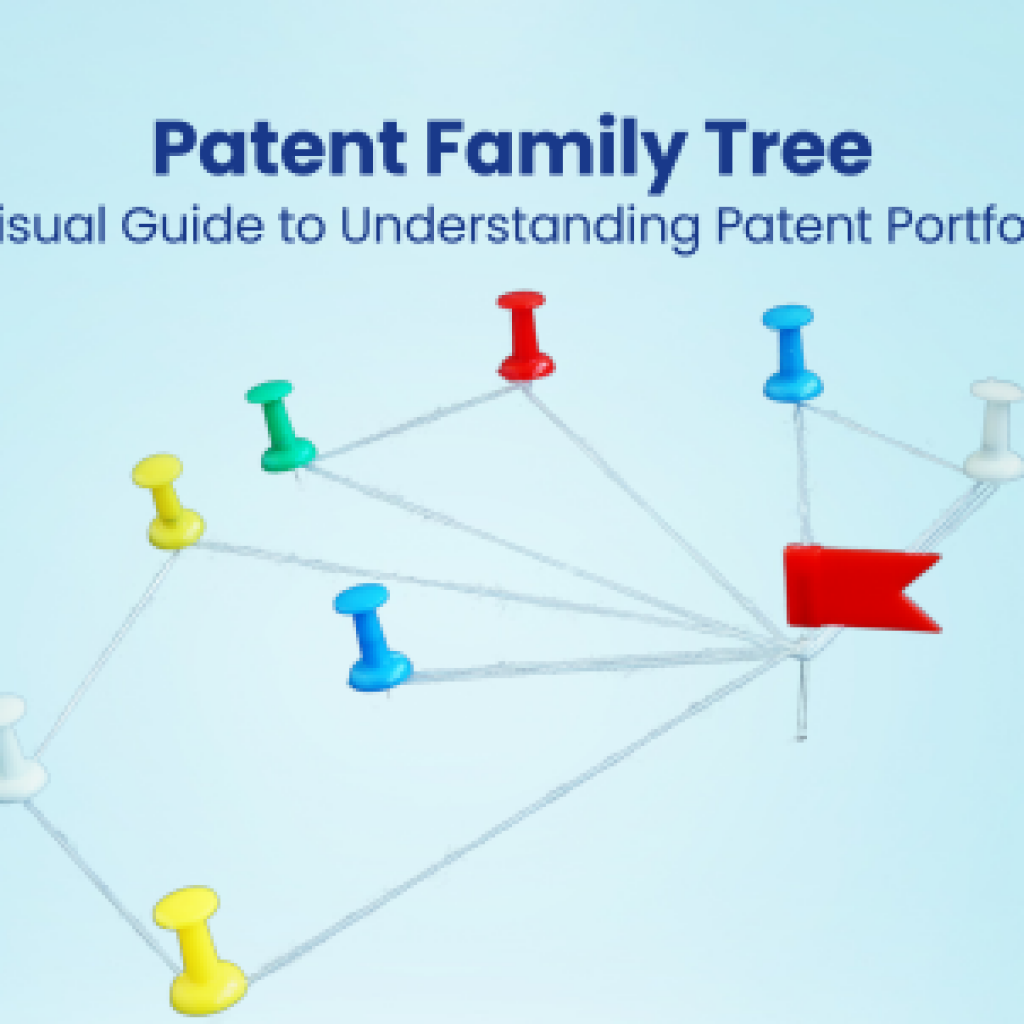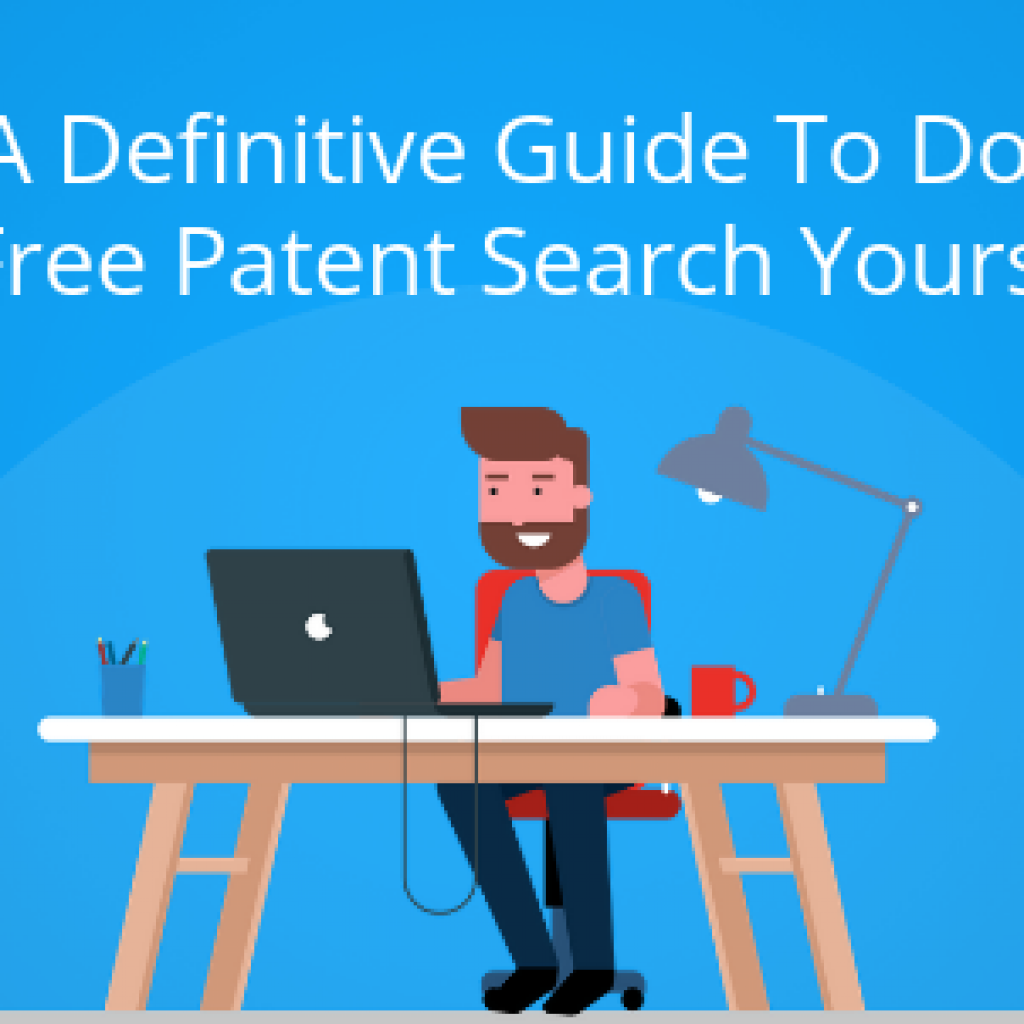Not all that shines is gold and not every patent in your portfolio is a gem patent.
Every inventor has a plan to eventually monetize their patent. But almost 80% of patents never see the light of any licensing, litigation, or overlap. And it is those 20% patents that seek revenue for their owners – These are what we call the Gem patents.
In other words, gem patents are the ones that have the potential to be monetized either through licensing, selling, or litigating. But these patents don’t come with a “Gem Patent” stamp on them; they just sit in the pile of patent portfolios waiting to be found. So, how do you find them?
Well, we recently unraveled a gem patent in a case related to social networking, and today I’d like to share with you how we did it. Let’s start, shall we?
The Backstory
We had been working on a project for a client who is a huge player in the social networking domain. They wanted us to find a ‘Gem patent’ that they could buy and potentially infringe on some of the major technologies and features used by various social networking platforms. They wanted to build a defensive patent portfolio.
Picture this, to find this gem patent, we had no single target company and no particular input portfolio.
The amount of data we had to work with!
As humans, when uncovering such huge data, we like to find ways to minimize effort and maximize output, so we started by strategizing the steps for our gem patent journey.
The first step in our strategy was to make a list of all the billion-dollar social media companies taking the world by storm. Companies that are constantly introducing new products/features. Like Facebook, Snapchat, ByteDance, etc. You get the idea right?
The Idea Behind Selecting the Big Giants
Wondering why we just chose the big giants?!
Well, while opting for licensing deals and litigation cases, one of the main things to keep in mind is that a product with a huge market share is a better infringement read than products that are already obsolete or have relatively smaller market shares.
Hence, we dissected inclusive tech domains that are targeting the new generations ranging from social media platforms to video games, etc.
This led us to a China-based social networking company, with billions in revenue. So it naturally became our first target. Along with it we also listed down a few other similar size social media giants.
The Next Part of the Research
We studied the features that these social media platforms offer, from image processing to digital marketing to video encoding. Since some of the features were used by multiple companies, we created a feature matrix of all these features and prioritized them based on their usage.
We then focused our search on high-priority features.
We identified a lot of patents related to features like interface properties, interactive filters, and live broadcasting. But, some were too broad to map, and some were too narrow in their scope. Our hunt continued to find the right match.
In discussing the concerns within the team, we discussed various possible scenarios for moving forward. We could change our target company and take up other social media platforms. Or
We could look at all the recent litigations the current target company has faced and then find patents on similar domains.
The Breakthrough in the Case
During our search, we came across a patent that claimed a method of making a payment for a third-party site (like advertisements) within the browser application itself without leaving the website. The entire payment transaction, to and from the third site and the browser, is facilitated by a browser payment API. Imagine buying the product shown in a Facebook ad without going out of Facebook.
The patent instantly reminded me of advertisements and product selling options available on the Chinese social networking app we were targeting. They had this feature of SHOPS.
We found that the app had launched a feature in 2019 by the name of ‘Checkout’ parallel.
Imagine, the ease with which purchases could be made and the multitude of products available from multiple sites, all within a single social media app! Feels like a virtual mall.
This checkout feature means transforming this app into a unified browser where a user can access multiple products from multiple advertising brands and place orders without leaving the browser. No redirection to third-party sites, no leaving the application to place orders!
Since we had a good map of the feature, we wanted to understand how much money the app is making through this specific functionality.
We found that 130 million of its accounts tap on a shopping post to learn more about products every month. We were not able to get the revenue numbers we got a good idea of how many of their active users were exploring this feature.
Heading in the New Direction
This was great news!
We realized that the patent on in-app payments we came across had huge potential and we were able to map it completely on the app.
What does this GEM Patent discovery mean?
As a Competitor:
You always want to have ammunition in your portfolio that has the potential to affect your competition. Sometimes you can find this ammunition hidden within your own portfolio, sometimes you hire someone to find and acquire it for you. Whatever be the scenario one should always keep a lookout for acquiring these great gem patents. It is just like great talent. Whether you are hiring or not, you should always be on the lookout for great talent.
As a potential Infringer:
If you are in a situation where you feel your market share is increasing and competitors may come after you, you have to acquire IP assets. The assets that can act as your defense. If someone attacks you, you can use these assets against them.
As history records, some cases have been particularly brutal for the revenue of the defendant companies.
Bonus:
We also did a background check on the assignee of the patent. It seems to be a Non-Practising Entity (NPE) and we all know NPEs focus on monetizing their assets. So, the current patent owner might be interested in selling his patent. I hope he knows the gem everyone is looking for is inside his coat, waiting to be found.
Conclusion
That was just one example of how we found a gem patent. There might be many such patents lying around that could potentially be acquired. All you have to do is find ‘em out. But you don’t have to do the grunt work; just leave it to the experts. Worried about not owning a Gem Patent – well, you can always acquire these assets from entities with proper due diligence.
Need professional guidance in strengthening your patent portfolio? We are just a click away!











